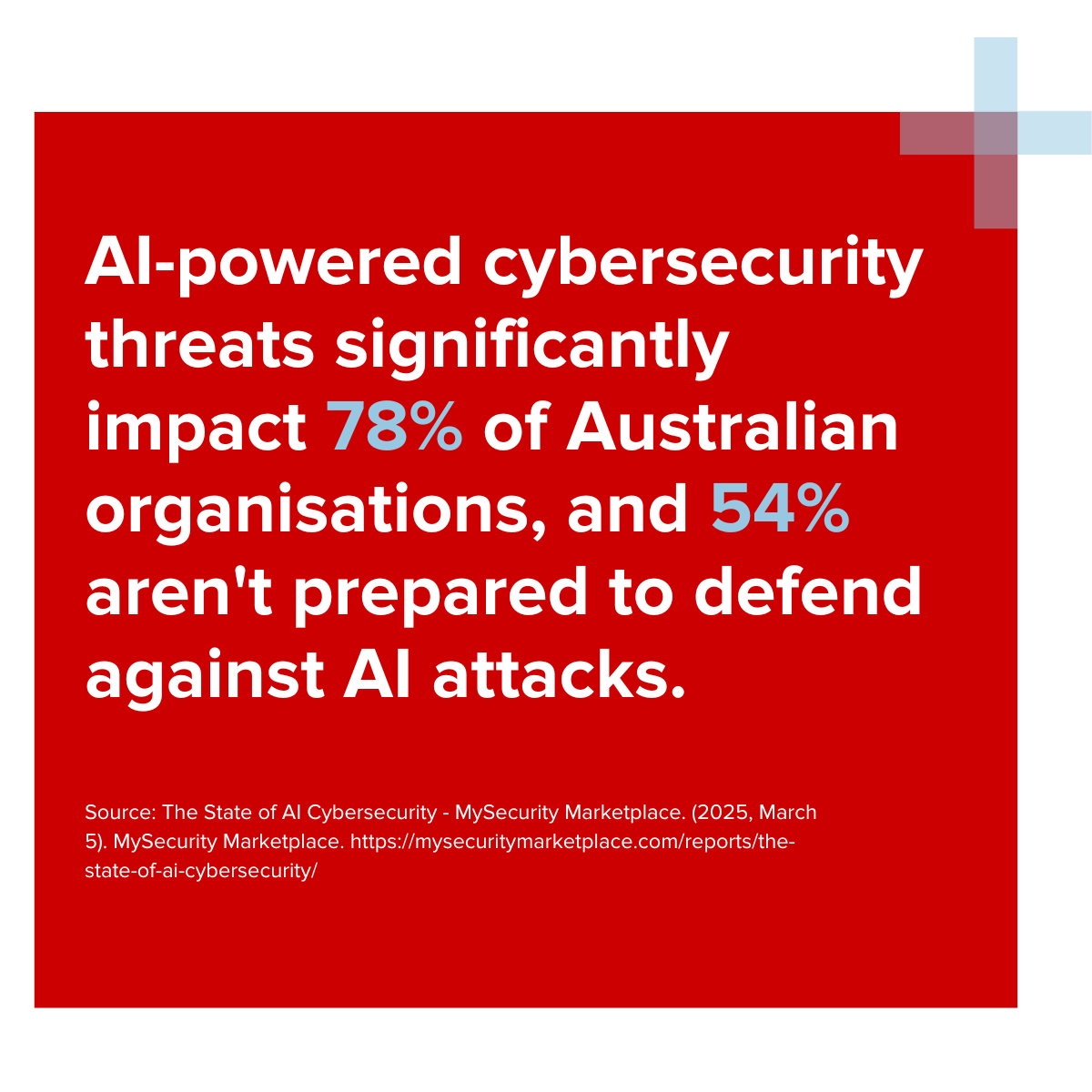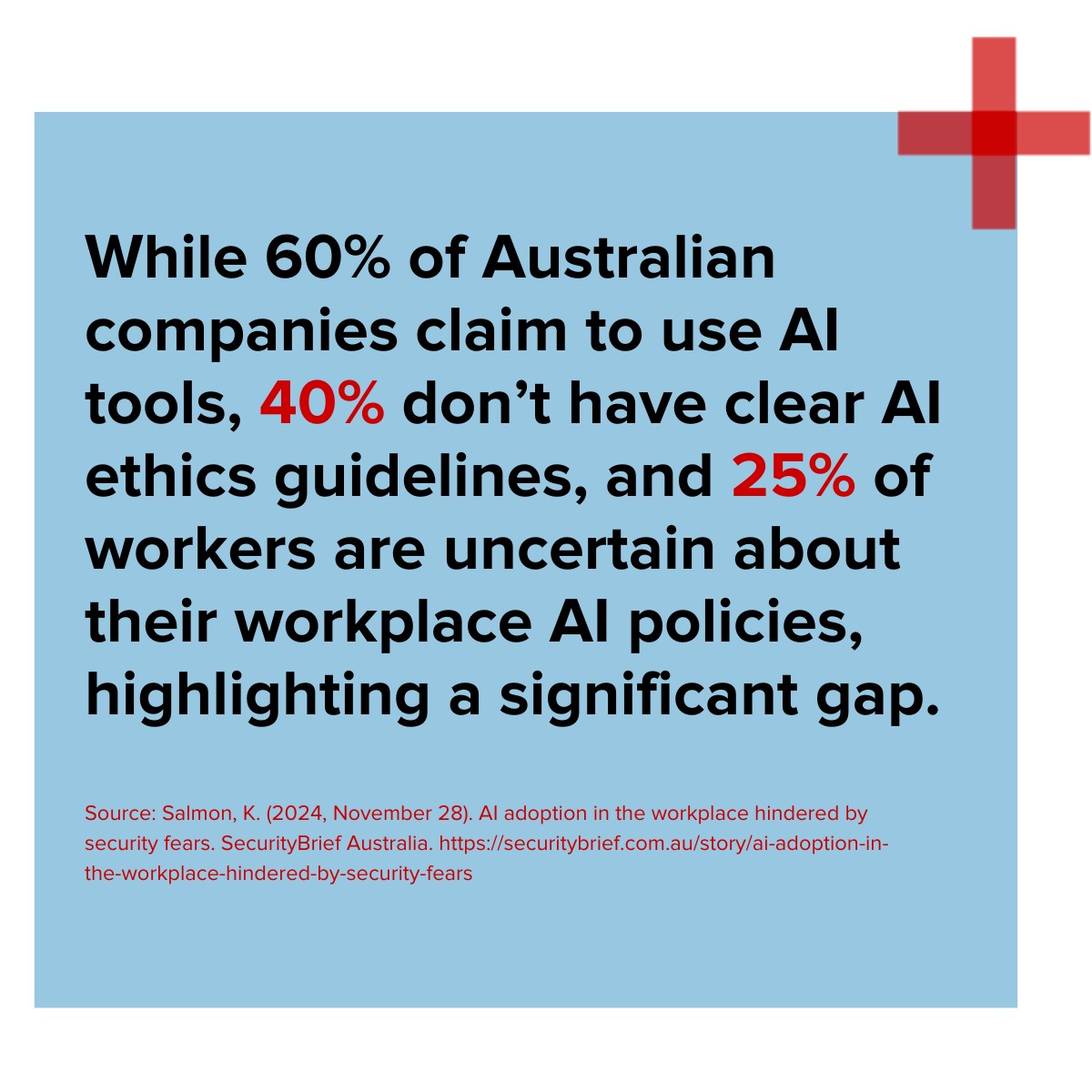Artificial intelligence has become a powerful enabler—unfortunately, not just for legitimate businesses but also for cybercriminals. Attackers are using AI to automate mundane tasks like vulnerability discovery, spear-phishing, and evading traditional security measures. This development radically increases the scale and speed at which attacks can be launched, posing new complexities for organisations of all sizes.
What sets artificial intelligence-driven attacks apart is their ability to adapt. Instead of following a single, predictable playbook, these threats evolve in real-time. Machine learning models can quickly identify weaknesses in network security and applications, pivoting instantly to exploit vulnerabilities. Traditional defences, which might rely on static rules or infrequent threat intelligence updates, can struggle to keep pace.

As organisations adopt remote work, hybrid models, and Bring Your Own Device (BYOD) policies, the traditional network perimeter has become blurred. Zero Trust Architecture (ZTA) has emerged as a leading security model to address this challenge. In essence, ZTA assumes that no user or device—inside or outside the network—should be trusted by default.
Zero Trust mandates that individuals and devices are granted only the minimum level of access required for their tasks. This principle is particularly relevant for managing teams with varying levels of financial systems and operational systems access. By strictly limiting privileges, ZTA minimises the damage a compromised account can inflict.
Unlike traditional approaches that verify users once at login, ZTA frequently re-authenticates identities and devices throughout a session. This continuous verification is crucial when employees might work from a home network one day and a public Wi-Fi network the next. Microsoft’s Zero Trust framework underscores the importance of assessing security posture in real-time to spot anomalies quickly.
Zero Trust further emphasises the idea of assuming a breach has already occurred. In practice, this means constant vigilance: systems monitor behaviours and context, and any suspicious activity triggers alarms or restricts access. When malicious actors do gain a foothold, continuous monitoring severely limits their ability to move laterally and access critical or sensitive data.
For organisations embracing hybrid work or BYOD policies, Zero Trust is less a trend and more a necessary evolution. “Leadership recognises that a single compromised device—an unprotected laptop, for instance—can jeopardise sensitive financial and operational data,” says Anthony Porter, Cloud Security Architect at Canon Business Services ANZ. “ZTA counteracts these security risks by adopting a ‘trust no one, verify everything’ stance.”
Australia and New Zealand’s regulatory landscape continues to evolve in response to new cyber security threats and escalating concerns around data privacy. Not only must organisations protect themselves against potential fines and legal ramifications, they also risk severe reputational damage if found to be non-compliant.
In Australia, the Privacy Act 1988 requires organisations to handle personal or sensitive information responsibly. Across the Tasman, the New Zealand Privacy Act 2020 has introduced modernised guidelines that demand transparency and accountability in how personal data is processed and stored. Both laws stipulate how data should be collected, used, and disclosed, with hefty penalties for breaches.
Beyond data privacy statutes, frameworks like the Australian Cyber Security Centre (ACSC) Essential Eight guide organisations on key cyber security controls. These controls range from application whitelisting to patch management and backup strategies. Government agencies and large enterprises increasingly reference the Essential Eight, indicating a broader emphasis on baseline cyber hygiene.
Generative AI, from complex text generation to image creation, is reshaping how content is produced. While this technology can speed up many business processes, it also presents unique security concerns. The very systems that generate valuable data can also create new unexpected security risks to your organisation.
Generative AI often handles unstructured data—text, images, videos, or even audio. This increases the complexity of data security because many existing tools are designed primarily for structured datasets like spreadsheets or databases. The risk is that sensitive information may be embedded in artificial intelligence-generated content, making it harder to monitor and protect.
Securing the AI model itself is another concern. Hackers could tamper with a model’s parameters to produce misleading or damaging outputs, effectively ‘poisoning’ the system. This risk underscores the importance of integrity checks, access controls, and robust monitoring.

For many executives, the question is no longer whether to adopt AI, but how to integrate it responsibly—balancing innovation with ethical foresight.
The final trend impacting cyber security is not a purely technological one: a growing talent shortage. The demand for cyber security professionals far exceeds the supply in Australia and globally. This deficiency directly translates into higher salaries, increased competition for top talent, and a heavier reliance on third-party providers.
According to the (ISC)² Cybersecurity Workforce Study 2024, the global cyber security workforce needs to grow by an estimated 4.8 million professionals to effectively defend organisations. This shortage is particularly critical in specialised areas like threat intelligence and incident response, leaving companies without the expertise to tackle advanced threats.
Organisations are increasingly focusing on upskilling. With targeted training and certification programs, they can build a cyber security bench in-house. This approach benefits employers and employees: it addresses pressing security needs while boosting retention and job satisfaction.
High turnover in cyber security roles remains a challenge. Cyber security specialists are regularly headhunted with offers of better pay or more attractive projects. Retention strategies—ranging from flexible work arrangements to clear career progression pathways—help companies hold on to critical talent. For small to medium enterprises and large corporations alike, third-party services such as a 24/7 Security Operations Centre (SOC) can plug immediate gaps while internal teams focus on strategic initiatives.
Business process mapping is vital in digital transformation because it forms the foundation for effective business process modeling and business process management. It offers a structured way to map business processes, aiding in the identification of inefficiencies and bottlenecks. This, in turn, facilitates the implementation of automation and optimisation strategies, making it an integral part of any business process management initiative.
Implementing business process mapping brings numerous benefits to organisations during digital transformation. It allows for a clear visualisation of business processes, making it easier to identify areas for improvement and optimisation. By creating business process maps, companies can streamline their operations, reduce inefficiencies, and achieve continuous improvement. Moreover, it provides a basis for automation and ensures that complex processes are better managed.
Business process mapping plays a crucial role in enhancing operational efficiency during digital transformation. It allows organisations to create a process map that visualises the current process, helping identify bottlenecks and areas where improvements can be made. This visual representation, often in the form of process charts, aids in streamlining operations and ensuring that business process management efforts align with the organisation's digital goals.
In the digital age, business process mapping helps organisations identify areas ripe for automation and optimisation. By visually representing business processes, organisations can pinpoint tasks and steps that can be streamlined or automated, leading to increased efficiency and reduced manual effort. This is particularly valuable for complex processes, as a well-documented business process model can guide the transformation process effectively.